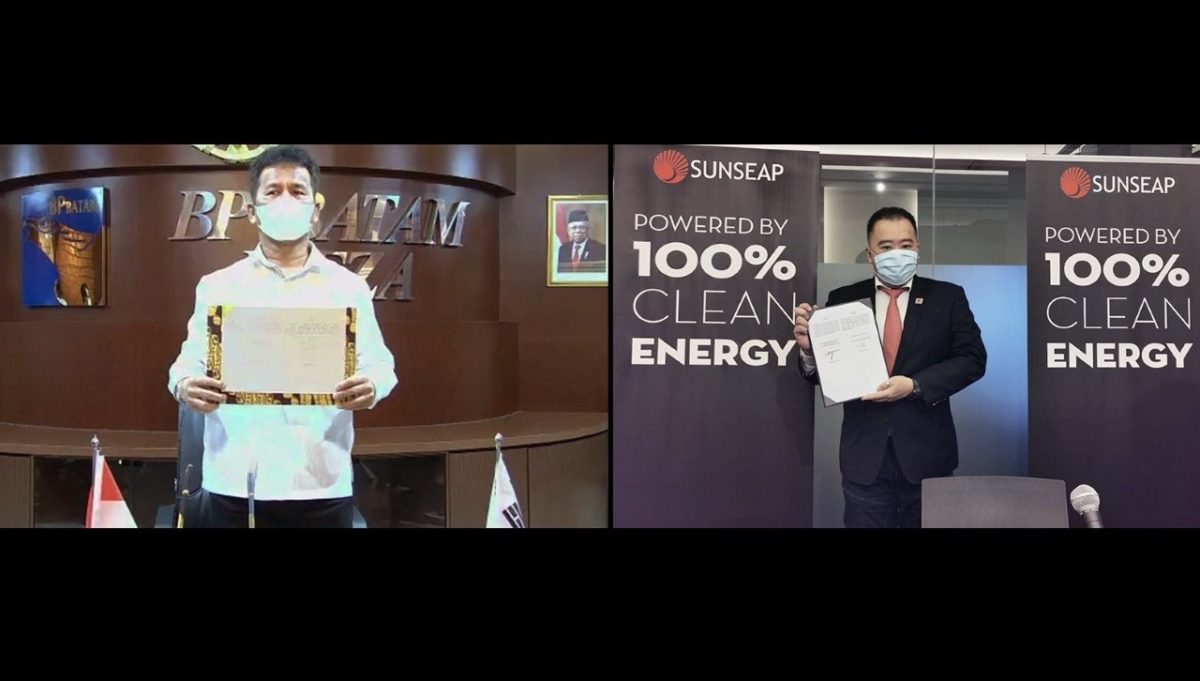From pv magazine Global
Singaporean solar developer Sunseap has signed a memorandum of understanding with the Batam Indonesia Free Zone Authority (BP Batam) – which is the public authority responsible for the management, development, and construction on the island of Batam in Indonesia – for the construction of a 2.2 GW PV floating project at the Duriangkang Reservoir in the southern part of the region.
If built, the $2 billion project would be the world’s largest floating PV power plant and would reach the same capacity as the largest ground-mounted facility currently in operation, which is a 2.2 GW plant located in China’s Qinghai province.
The facility is planned to occupy a water surface of 1,600ha and to be coupled with a storage system with a capacity of 4,000 MWh.
Sunseap said the Duriangkang Reservoir provides more than 50% of the freshwater supply to Batam Island and that the floating solar panels will help to reduce evaporation, thereby retaining more water within the reservoir. “Simultaneously, the water will keep the solar panels cool, thereby generating more clean energy and creating a synergistic relationship,” it further explained. “Sunseap expects the solar farm to generate more than 2,600 GWh of electricity per annum, potentially offsetting over 1.8 million metric tons of carbon per year.”
“This hyper-scale project is a significant milestone for Sunseap, coming soon after we had completed Singapore’s first offshore floating solar farm along the Straits of Johor,” said Sunseap CEO Frank Phuan. “This investment by Sunseap will be a timely boost for Batam’s industries as they seek to reduce the carbon footprint of their operations. At the same time, it will create jobs and transfer skills to Batam’s clean energy sector,” added BP Batam chairman, Muhammad Rudi.
The project will be financed with both bank borrowings and own funds. Its construction is scheduled to start next year and completion is planned for 2024.
This content is protected by copyright and may not be reused. If you want to cooperate with us and would like to reuse some of our content, please contact: editors@pv-magazine.com.









5 comments
By submitting this form you agree to pv magazine using your data for the purposes of publishing your comment.
Your personal data will only be disclosed or otherwise transmitted to third parties for the purposes of spam filtering or if this is necessary for technical maintenance of the website. Any other transfer to third parties will not take place unless this is justified on the basis of applicable data protection regulations or if pv magazine is legally obliged to do so.
You may revoke this consent at any time with effect for the future, in which case your personal data will be deleted immediately. Otherwise, your data will be deleted if pv magazine has processed your request or the purpose of data storage is fulfilled.
Further information on data privacy can be found in our Data Protection Policy.